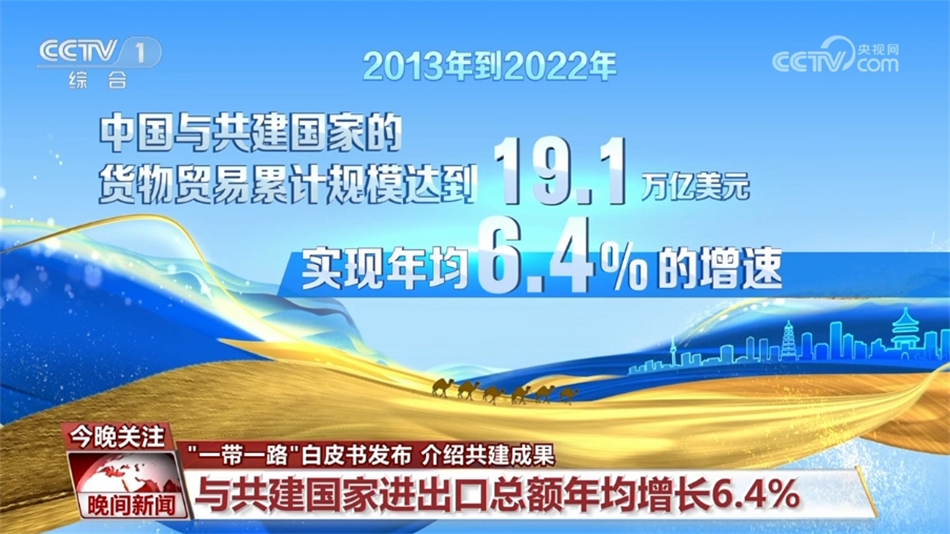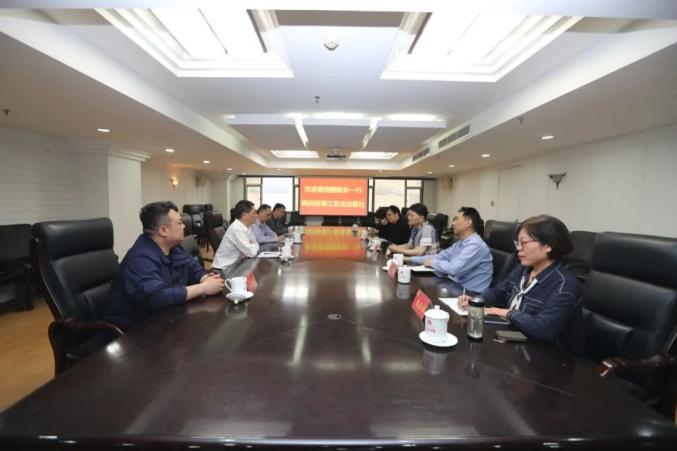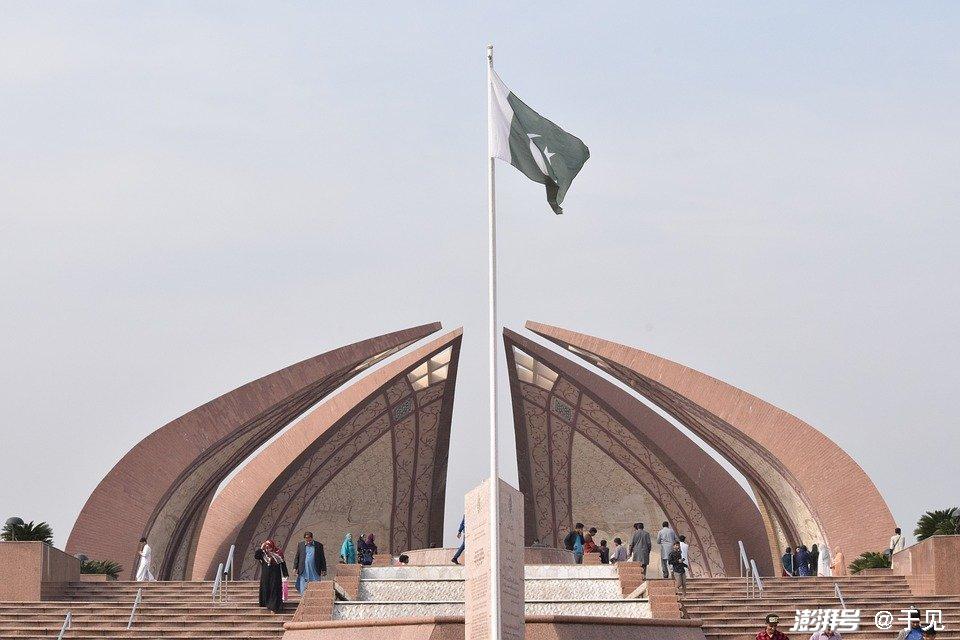Full Focus│Learn Ahead In Implementing Major National Development Strategies, "Resolutely Shoulder The Responsibility Of Major Economic Provinces" Series Of Theme Press Conferences Were Held
Full Focus│Learn Ahead In Implementing Major National Development Strategies, "Resolutely Shoulder The Responsibility Of Major Economic Provinces" Series Of Theme Press Conferences Were Held
On the morning of September 29, the Jiangsu Provincial Government Information Office held a series of theme press conferences on "Resolutely shouldering the responsibility of economic provinces to shoulder the main responsibilities".
On the morning of September 29, the Jiangsu Provincial Government Information Office held a series of theme press conferences on "Resolutely shouldering the responsibility of economic provinces to shoulder the main responsibilities". The Provincial Development and Reform Commission, the Provincial Department of Ecology and Environment, the Provincial Department of Transportation, Nanjing City, Xuzhou City, Lianyungang City and other departments and relevant local leaders released an introduction on the theme of "leading ahead in implementing major national development strategies".

The reporter learned from the meeting that in recent years, Jiangsu has implemented major national development strategies with high standards, shouldered the responsibility of major economic provinces with high quality, continued to promote the integrated development of the Yangtze River Economic Belt and the Yangtze River Delta, strengthened the coordinated development with Beijing, Tianjin and Hebei, and jointly built the "Belt and Road" with high quality, and strived to play a hub and drive role in serving the construction of a new development pattern.
Statistics show that since the integrated development of the Yangtze River Delta has risen to a national strategy, the total economic output of the Yangtze River Delta region has increased from 21.15 trillion yuan in 2018 to 33.17 trillion yuan in 2024, accounting for 24.7% of the country. Among them, Jiangsu accounts for 41.3% of the total economic output in the Yangtze River Delta region. Among the 9 trillion-level cities in the Yangtze River Delta region, Jiangsu accounts for 5. At the same time, Jiangsu continues to fight the tough battle against the protection and restoration of the Yangtze River, and the main flow water quality of the Jiangsu section of the Yangtze River has remained in Class II for seven consecutive years. In terms of striving to promote the construction of the intersection of the "Belt and Road", Jiangsu has continuously expanded the scale of economic and trade cooperation. From January to August this year, the total import and export value of Jiangsu's countries to jointly build the "Belt and Road" was 1.91 trillion yuan, an increase of 10.3% year-on-year.
Jiangsu has also done a good job in counterpart support and cooperation at a high level. Since the 14th Five-Year Plan, Jiangsu has allocated 34 billion yuan of counterpart assistance cooperation funds, organized and implemented more than 8,000 counterpart support and cooperation projects, and helped more than 10,000 poverty-stricken villages to continue to promote the comprehensive revitalization of rural areas. In terms of cooperation within the province and surrounding areas, in 2024, the contribution rate of the Yangtze River urban agglomeration to the province's economic growth reached 76.7%; the GDP of coastal areas reached 2.49 trillion yuan, a year-on-year increase of 5.9%; the per capita GDP ratio of southern Jiangsu and northern Jiangsu narrowed to 1.86, and the per capita disposable income ratio of residents narrowed to 1.80, making it one of the provinces with the smallest regional gap in the country.





